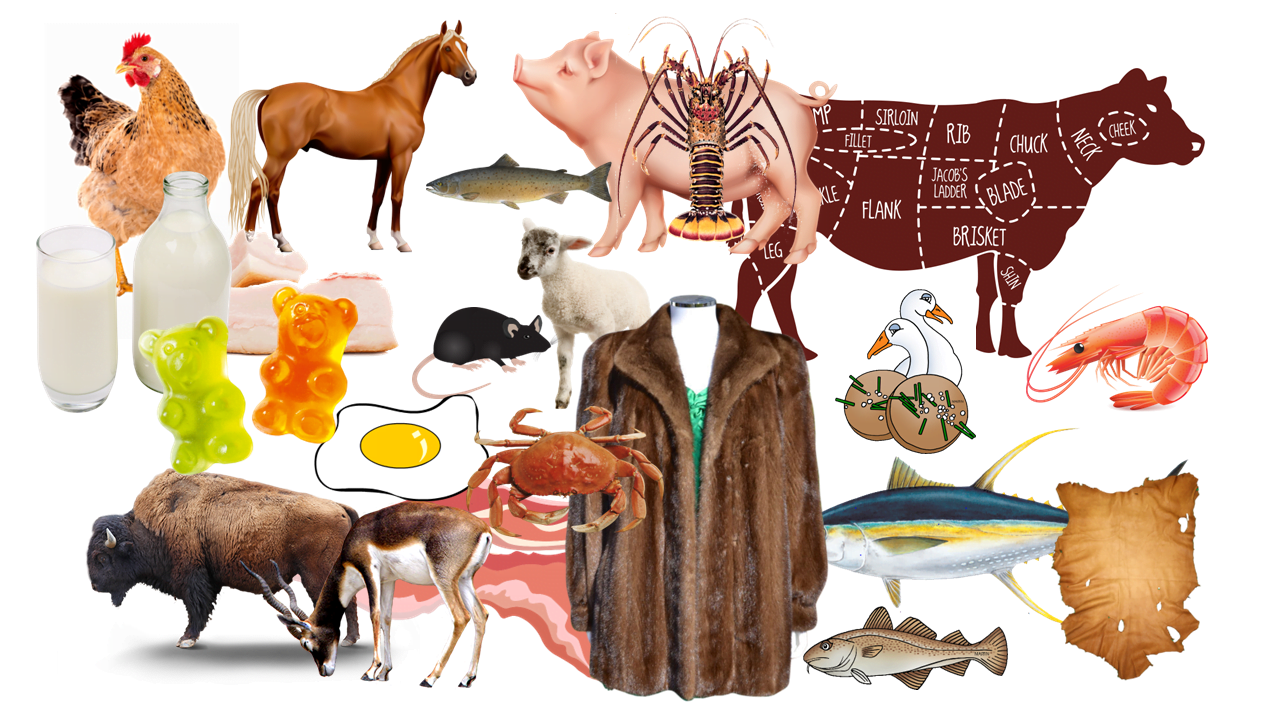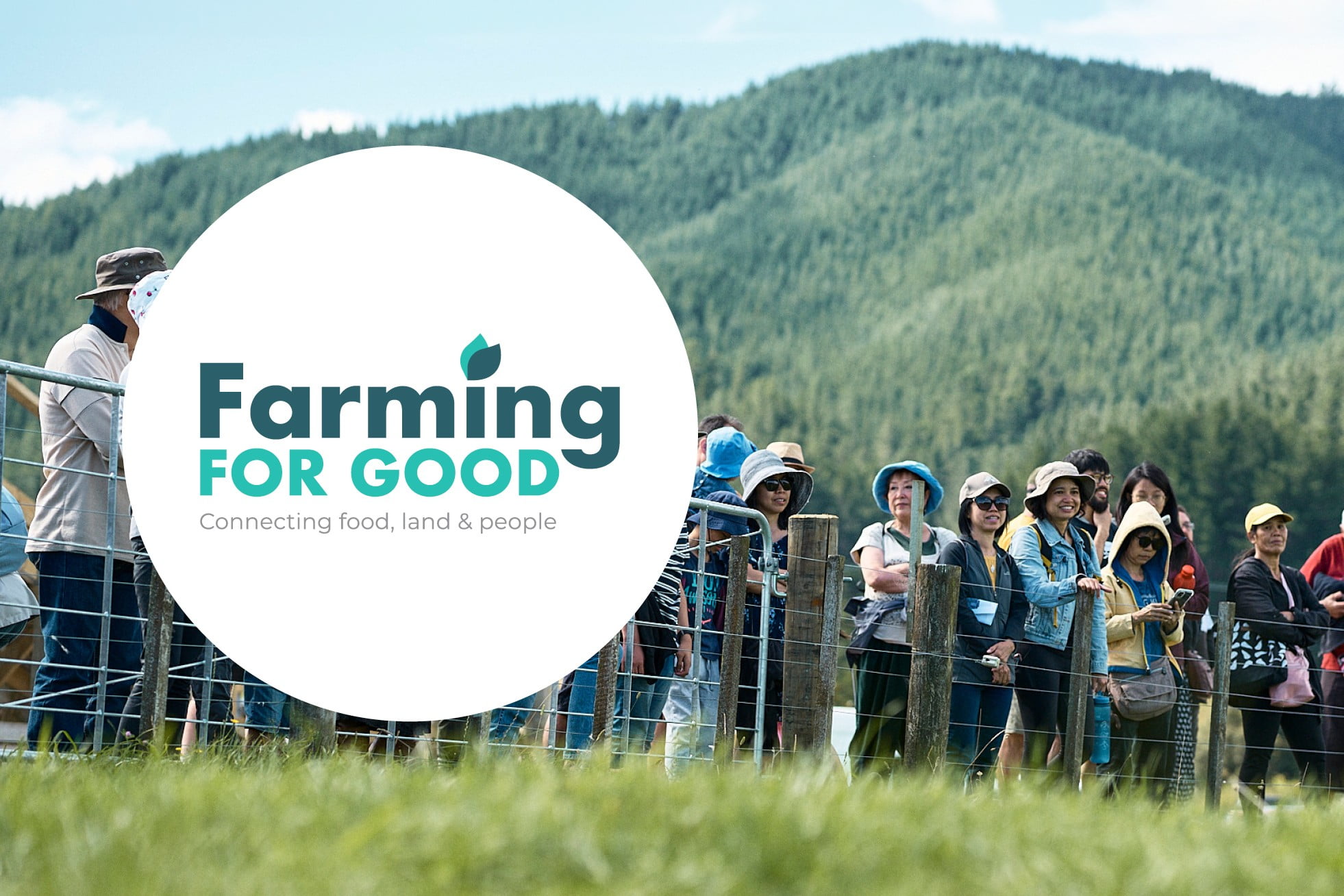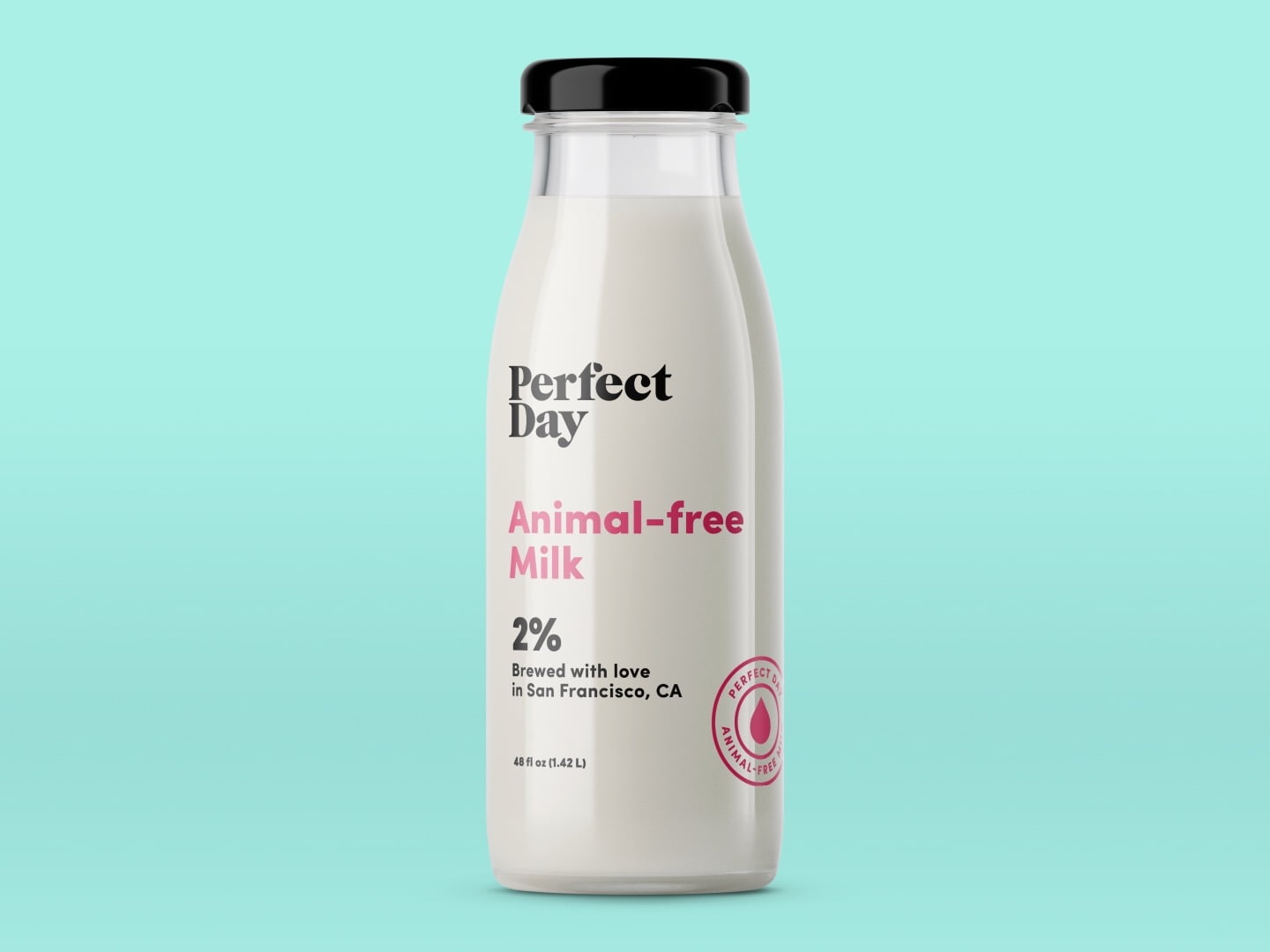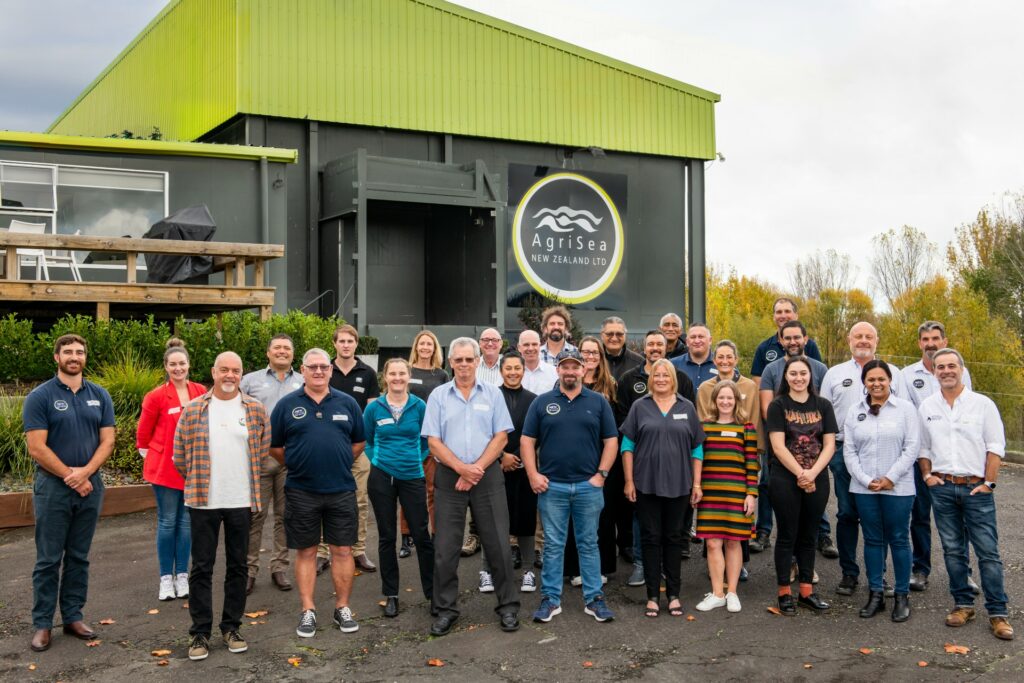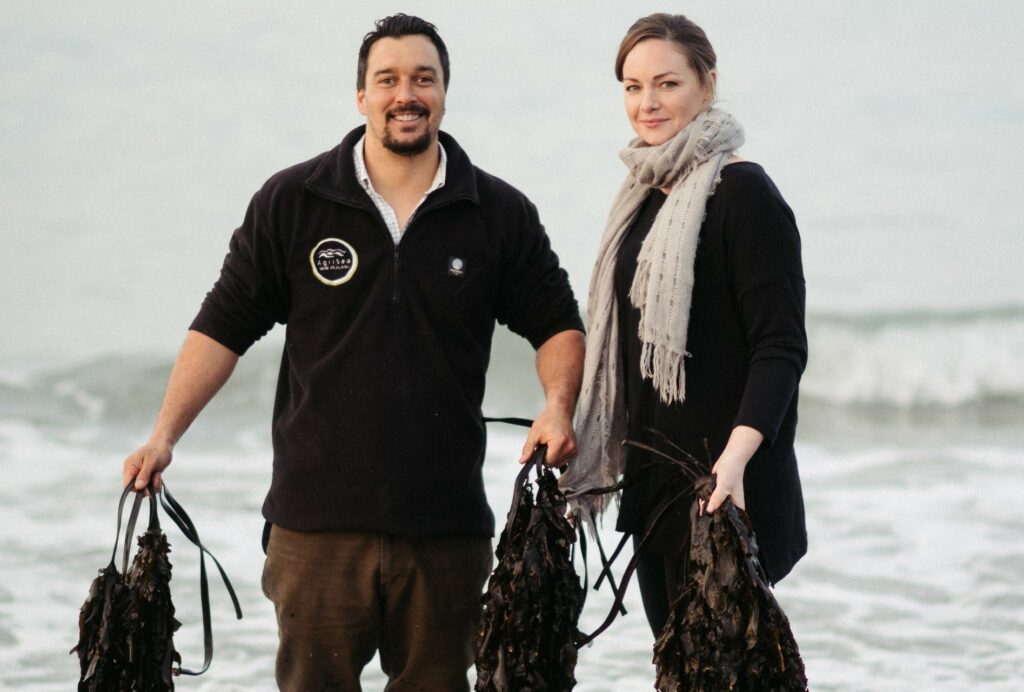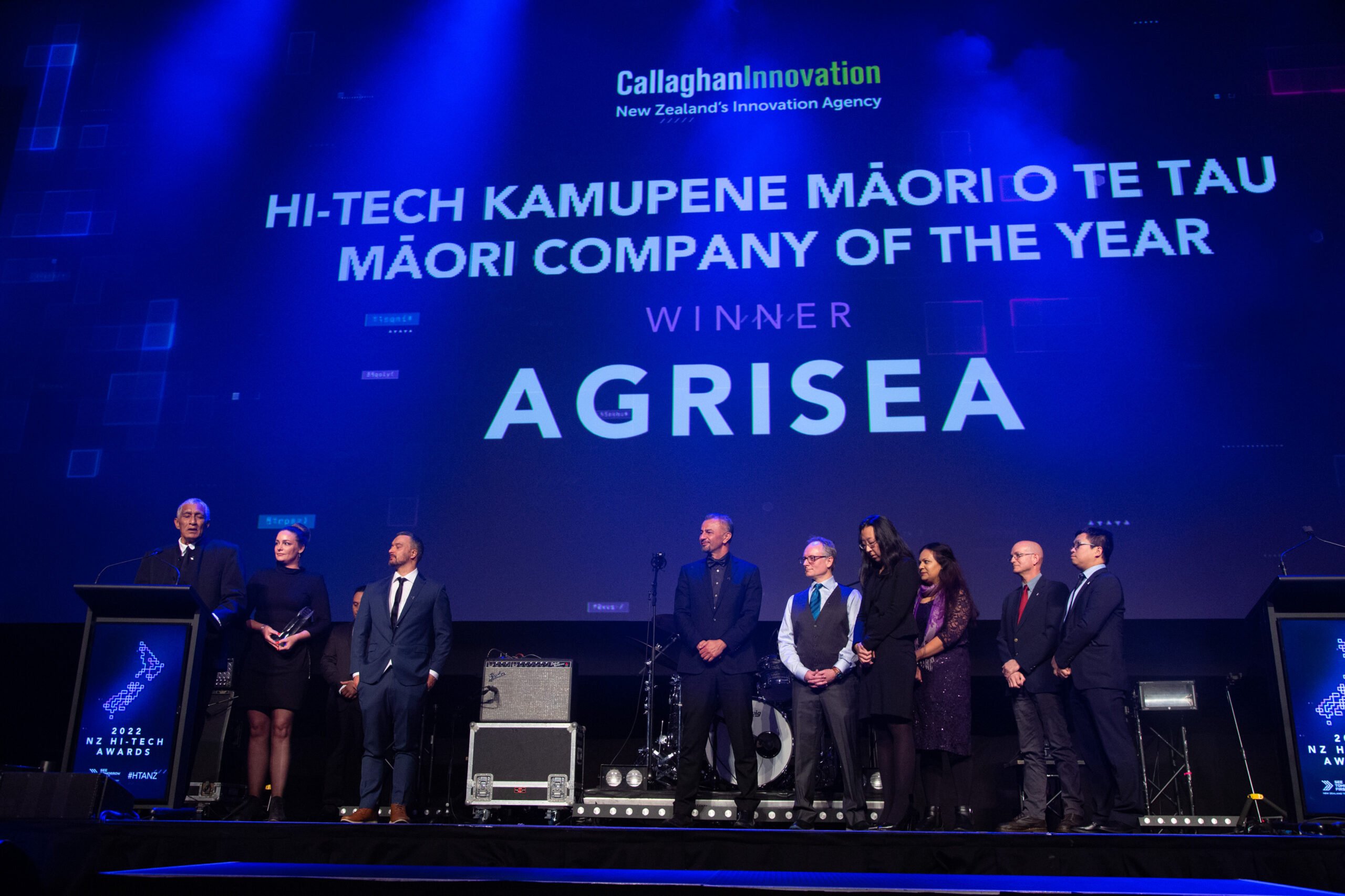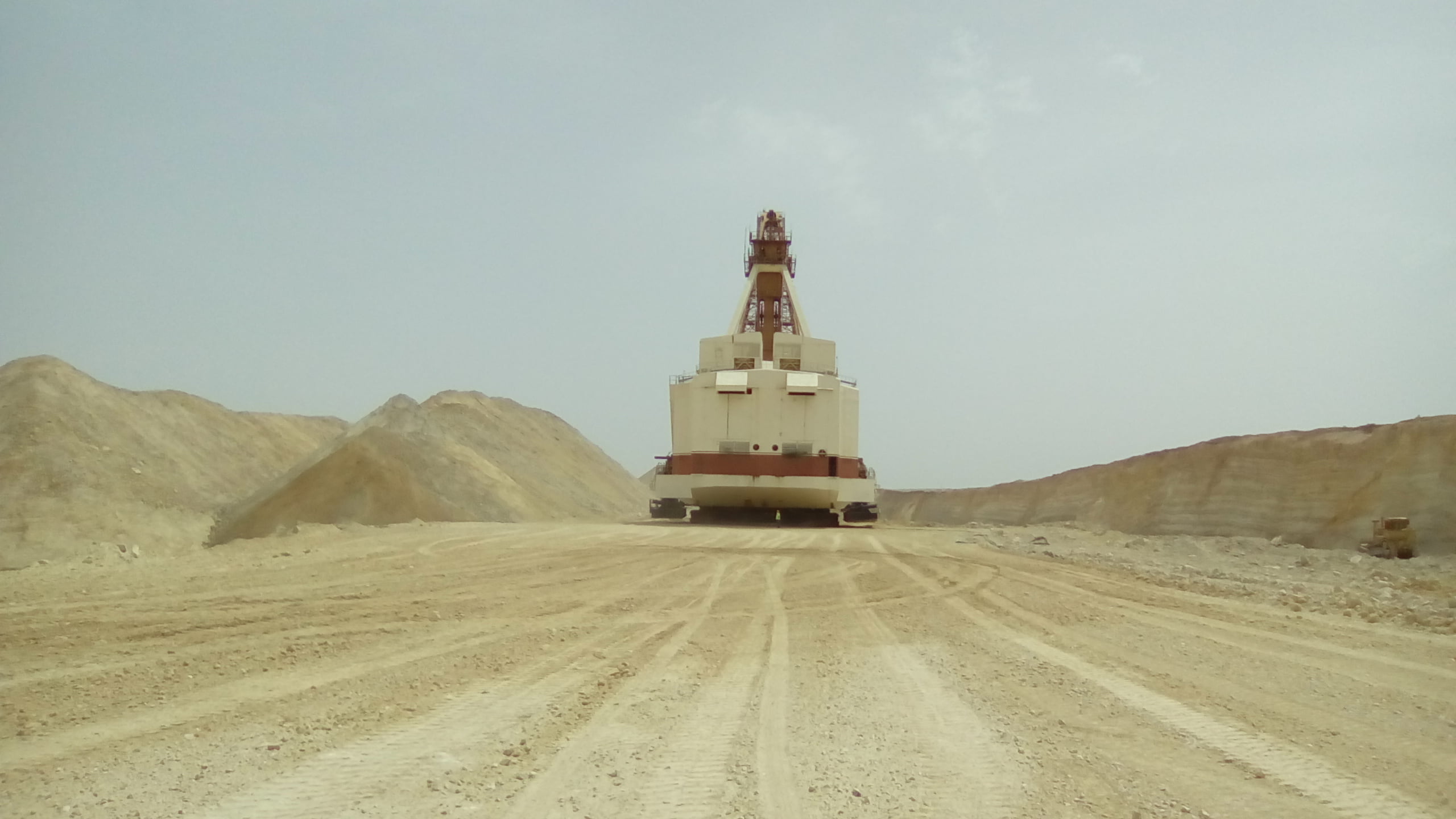Rere ki Uta, Rere ki Tai Aims to Revitalise Te Taiao with a Focus on the Mana and Mauri of Soil
Three place-based projects have been awarded funding as part of the Revitalise Te Taiao research programme. Paeroa-based Rere ki Uta, Rere ki Tai, a project led by AgriSea New Zealand, has been allocated $2.7 million to test farming methods that aim to enhance the mana and mauri of the soil across 10 farms.
Kotahi te koohao o te ngira e kuhuna ai, te miro maa, te miro whero me te miro pango.
There is but one eye of a needle, through which white, black and red cotton is threaded. The multiple threads reflect the weaving together of multiple knowledge, our collaborative approach, and strength when woven together for a shared outcome.
— whakataukii (proverb) by King Potatau Te Wherowhero
The National Science Challenge funding allocated to the Revitalise te Taiao programme has seen three place-based research pilots receive a share of $8 million. The Paeroa-based Rere ki Uta, Rere ki Tai project has been allocated $2.7 million to fund research that aims to find out whether using farming methods that enhance the mana and mauri of the soil are more resilient, more profitable, more able to withstand environmental, societal and regulatory pressure, and healthier for all.
Rere ki Uta, Rere ki Tai is bringing together indigenous knowledge and regenerative agriculture principles to create an approach to farming that focuses on oneone (soil) as the centre of an interconnected cycle, unique to Aotearoa New Zealand.
The name Rere ki Uta, Rere ki Tai represents the connectedness of the journey from the mountains to the sea. The project seeks to build pathways to revitalise te Taiao from sea, to soil, to society.
By enhancing the mana and mauri of soil, the project aims to protect market access for farmers, and to help food producers earn premiums for green, ethical and transparent production.
Our project is founded on partnership and interconnection. No single person, entity, or culture will have the whole answer, together we can weave each thread into a whole. The multiple threads reflect our collaborative approach and the multiple knowledges, disciplines and methodologies we draw from and seek to share.
Rere ki Uta, Rere ki Tai is inspired and led by AgriSea, a Māori whānau agribusiness with 26 years’ experience. AgriSea’s co-leaders, Tane Bradley (Ngāti Maniapoto) and Clare Bradley, are riding a wave of success for seaweed scientific innovation and recently won at this year’s 2022 Hi-Tech New Zealand Awards, the Callaghan Innovation Hi-Tech Māori Company award.
“Rere ki Uta, Rere ki Tai will provide experiences and exchanges of knowledge through mātauranga Māori, science and practitioner experience in order to change the way we view and connect to soil in farming,” says Clare Bradley.
The Revitalise te Taiao Te Tiriti o Waitangi framework Taiao Manawa Ora – Purpose Led Change will help guide Rere ki Uta, Rere ki Tai in the voyage ahead. Rere ki Uta, Rere ki Tai aims to protect and enhance te Taiao through the implementation of the principles of Te Tiriti o Waitangi, meaningful partnerships, and active participation. This includes protection of mātauranga Māori, whenua, livelihoods, the health of soils, waterways, air, and cultural and social wellbeing.
The whānau-based intergenerational model of management that is active across AgriSea is also brought to Rere Ki Uta, Rere Ki Tai. This model includes collaboration with communities, research, land owners, rangatahi (youth), markets, agri sector support, and regulatory systems. These groups are engaged with and invited into the steering and development of the kaupapa (programme). The practice of tikanga (customs) and the use of te reo Māori provide a home for whānau members and participants to contribute and learn together in a safe and respectful manner.
Building farm systems that work with te Taiao
“Weaving together mātauranga, intergenerational knowledge, farming experience, and science, Rere ki Uta, Rere ki Tai is building farming systems that work with rather than against natural systems, understanding and respecting the cycle of te Taiao and our reciprocal role,” says Tane Bradley.
The project will culminate in a guide that provides a framework supporting farmers to apply evidence-based approaches that respect the mana and mauri of the soil.
The research is working closely alongside 10 farms across Waikato and the Bay of Plenty to develop a pathway for each farm’s approach to honouring the mana and mauri of soil on their whenua.
Tangata whenua and Māori and non-Māori agribusiness are set to benefit directly through the identification of market opportunities that flow from a mana and mauri story, which will intertwine with value-chain and market activities for milk processors Fonterra, Miraka, and Synlait. The dairy sector will benefit from research to inform decision-making for more resilient farms.
The project supports respectful sharing of mātauranga Māori, and highlights the leadership Māori and non-Māori land managers are displaying in innovative and more sustainable farming.
What the research will measure
Researchers from Lincoln University, Manaaki Whenua, AgResearch, specialist social science research consultants Heather Collins Consulting, and farm consultants RECO, are part of on-farm teams who will assess the value of new approaches, in partnership with tangata whenua, farm advisors, and sector representatives.
“On-farm, the research considers whole-of-system wellbeing through metrics across soil health, animal wellbeing, milk and meat quality, and ecological and environmental health, as well as looking at financial measures of farm success,” says Clare Bradley.
“Farming whānau wellbeing and insight is also integrated into the connected research, considering how on-farm changes affect our rural communities and individual farmers. Lastly, off-farm, the research will measure whether the connection to Māori values and tikanga can attract a premium in export markets.”
Aiming to reignite hope, rebuild connections
Rere ki Uta, Rere ki Tai seeks to reignite hope and pride in farming, by rebuilding connections between the people who eat food and those who grow it, and between farmers and te Taiao, the whenua (soil), wai (water), moana (sea), āhuarangi (climate across time), and koiora (humans, plants, and animals).
Rere ki Uta, Rere ki Tai leaders Clare and Tane Bradley believe this project will set a leading example of how weaving multiple ways of knowing – mātauranga Māori, science, observation and lived experience – can provide a pathway for meaningful change to revitalise te Taiao.
Rere ki Uta, Rere ki Tai welcomes you to follow the collective of Māori and non-Māori, traditional and organic farmers, and researchers as they work together at the forefront of future farming, sharing mātauranga Māori, science, and innovation to create tomorrow’s best farms that enhance the mana and mauri of the soil.
More information:
- Revitalise Te Taiao research programme
- AgriSea website page about the project
Author
 View Our Strategy Document 2019 – 2024
View Our Strategy Document 2019 – 2024
